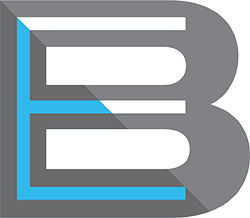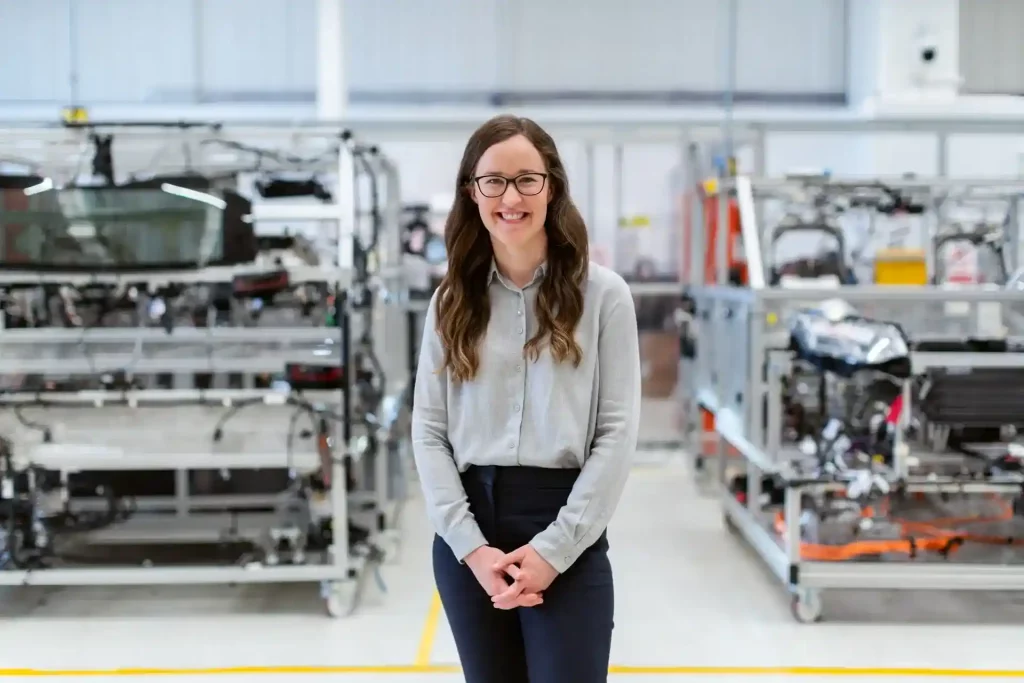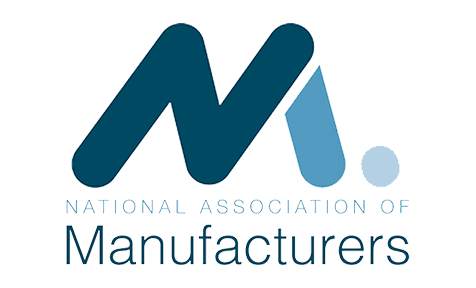As the automotive manufacturing industry continues to evolve and expand, one thing remains constant: the importance of maintaining quality standards. With an increasing demand for high-performance, fuel-efficient vehicles and electric vehicles, manufacturers constantly look for ways to improve their processes and ensure that every component meets the strictest standards. One crucial aspect of this is parts washing, as it plays a significant role in achieving the desired level of quality. In this expert guide, we will explore the key factors that industrial automotive manufacturers should consider when searching for the best automotive manufacturing part washer to meet their quality standards.
What Is The Role of Parts Washing in Automotive Manufacturing
In the realm of automotive manufacturing, parts washing is no optional affair but a pivotal step that ensures pristine quality and exceptional performance. It is not just about cleaning parts; it is an essential part of the process that deals with crucial tasks such as eliminating oils, coolant, particulates (like metal chips) from new automotive parts, or grease and dirt from remanufactured automotive parts. From drivetrain components to the mightiest engine block, each component undergoes a thorough cleaning process to meet and surpass industry cleanliness standards.
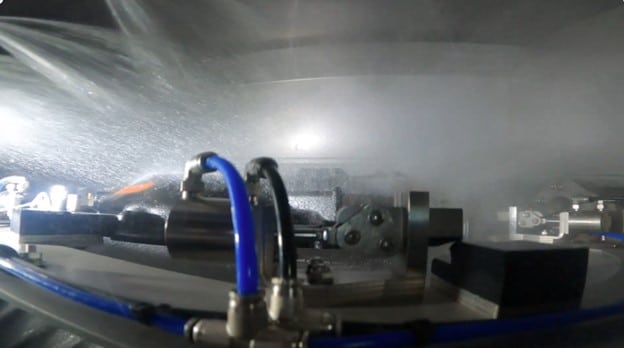
Regardless of whether the parts belong to Original Equipment Manufacturers (OEMs), remanufactured auto components, or are used in cleaning Electric Vehicle (EV) battery trays, the principle remains the same: precision cleaning is necessary. The automotive industry is a realm of precision and quality. Parts washing allows manufacturers to hit the bullseye consistently in their production output, ensuring that each part that comes off the production line is clean and free of any contaminant that could compromise its function or longevity.
This diligent approach to parts washing ensures adherence to stringent manufacturing quality standards and fuels a broader pursuit of excellence in the automotive industry. No matter how fast the industry evolves or how high customer expectations rise, maintaining a rigorous parts washing protocol can help manufacturers keep pace, providing an unwavering foundation of quality upon which the rest of the production process can confidently stand. In this way, parts washing is much more than a cleaning process. It is a key player in the journey towards automotive manufacturing excellence.
How to Choose the Right Parts Washer for Your Needs
Embarking on the journey to find a parts washer that aligns with your specific needs is akin to finding a needle in a haystack, but with a little insight and careful consideration, it can be less daunting. You see, selecting a parts washer is not a one-size-fits-all situation; it is a meticulous process. A range of factors should be at the forefront of your decision-making process.
Think about the part dimension and throughput of parts that you will be washing. Will you be dealing with large engine parts or smaller powertrain components? This would, naturally, require a machine that can accommodate your specific needs. The most common systems found in automotive and EV parts washing are carousel washers, monorail washers, conveyor washers, palletized conveyor washers, battery tray washers, and automated rotary basket washers.
Next, consider the type of contaminants that need to be removed. Are we talking about stubborn grease, grime, dirt for remanufactured engine parts or light machining oil and chips for newly manufactured components. Different machines possess unique cleaning abilities, so knowing what contaminants you are up against will significantly influence your choice.
Then there is the matter of the desired level of cleanliness. How do you quantify cleanliness? This can differ significantly if you are washing brand-new automotive components versus remanufactured parts. Each type requires a different approach, and having a clear understanding of your cleanliness objectives can guide you in choosing the right washer. The most common cleanliness tests used in automotive and EV parts washing are gravimetric and millipore testing, dynes testing, white glove testing, and water-break-free testing.
Do not forget the all-important consideration of costs. Look at the long game and consider the ongoing operational expenses of maintaining your parts washer. It is not just about the initial investment. It is about the long-term value that your parts washer can deliver regarding efficiency, effectiveness, and overall operational costs.
Remember, finding the right washer is a strategic endeavor that requires thoughtful planning and consideration. With these key factors in mind, you are already well on your way to making an informed decision.
Overcoming the Challenges of Outdated Cleaning Technology
The relentless pace of innovation in the automotive industry can sometimes make yesterday’s top-of-the-line cleaning technology seem like an antique. To stay ahead of the game, manufacturers need to keep a finger on the pulse of the latest parts washer innovations. This means embracing the new age of parts washing machines that are not only more efficient and have a longer lifespan but also boast superior cleaning capabilities, enhanced by automation and robotic integration.
Automation in part washing significantly streamlines the cleaning process, ensuring consistency and precision. Robotic integration takes this a step further, allowing for the seamless handling of diverse part types and sizes, providing much-needed adaptability in production processes. Whether cleaning an EV battery tray or a traditional engine block, these advanced systems ensure all components are meticulously cleaned with minimal human intervention.
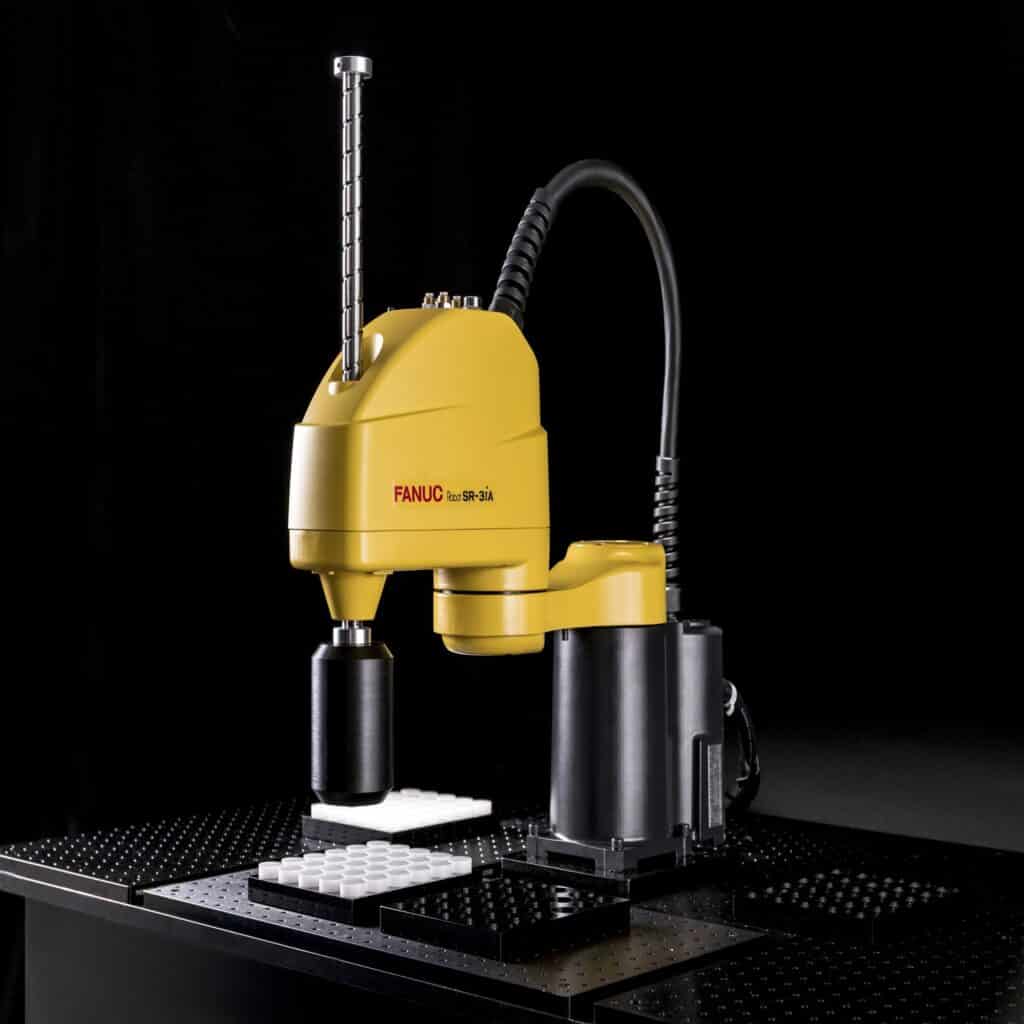
However, adopting the latest technology is not merely about switching to the shiniest new machines on the market. It is about embracing a proactive mindset, staying aware of emerging trends, and adapting when the time is right. The integration of automation and robotics in part washing is a prime example of such forward-thinking innovation.
The goal is not to chase after every new piece of technology that comes along. Instead, it is about identifying and implementing the tools and systems that will drive your operations forward. With the right automated and robotic parts washer, you can not only stay ahead of the cleanliness curve but also equip yourself to face any new challenges that the future of automotive manufacturing may hold.
This approach is like future-proofing your operations, ensuring your facility is ready for whatever the industry demands next. In essence, it is about turning challenges into opportunities and making sure your parts-washing process is not just a support function but a competitive advantage.
To wrap it up, do not let outdated technology hold you back. Embrace the future, lean into the new wave of automated and robotic part-washing technology, and drive your operations into the fast lane of the automotive industry.
Waste Minimization and Environmental Responsibility
In an era where environmental responsibility is no longer a choice but a necessity, manufacturers are faced with the task of balancing operational efficiency with sustainability. It is here that modern parts washers truly shine, serving not only as machines for meticulous cleaning but also as advocates for environmental care. These innovative machines have revolutionized the way we approach parts washing by making substantial strides toward waste minimization and reduced resource use.
How do they achieve this? By cleverly economizing water and energy consumption. These washers have been designed with optimization in mind, ensuring they get the job done without needlessly depleting our precious resources. In an industry where every drop of water and joule of energy counts, these savings can quickly add up to significant environmental benefits.
But that is not all. The new generation of parts washers takes it a step further by integrating the use of biodegradable cleaning agents into their operations. This means that even the by-products of the cleaning process have been considered and designed to have minimal environmental impact.
By investing in these advanced machines, manufacturers are not just buying a device that cleans parts. They are investing in a partner that shares their commitment to environmental responsibility. They are driving their operations towards a more sustainable future, paving the way for a greener, cleaner automotive industry.
In short, the quest for the perfect parts washer is not about finding a machine that can keep up with the rigorous demands of automotive manufacturing. It is also about aligning your operations with the broader push towards environmental sustainability. With the right parts washer, you are not just cleaning parts—you are doing your part for the planet. So, as you seek out your next parts washer, consider its environmental impact because sometimes, the most powerful clean comes from the greenest machines.
Keeping Up with the Industry Standards and Regulations
Navigating the complex labyrinth of regulations that govern the automotive manufacturing industry is no easy task. The benchmarks set by these rules regarding the cleanliness of parts are steep, to say the least. A top-tier parts washer, however, can be the trusty compass that guides manufacturers through these demanding standards.
Incorporating a parts washer that can consistently deliver high-quality cleaning results into the production process is not merely about operational efficiency. It is about aligning your operations with the rules of the game. When you are dealing with regulations that are as strict as they are critical, every ounce of cleanliness counts. Ensuring that every component, whether new or remanufactured, is thoroughly cleaned and free of any contaminants, positions you to not just meet these standards but surpass them.
However, acquiring a high-quality parts washer is only part of the equation. To stay in the green zone of regulatory compliance, a proactive approach towards maintenance and periodic audits of cleaning processes is crucial. By regularly fine-tuning your cleaning protocol, you can stay ahead of the regulatory curve and ensure that your operations are consistently compliant.
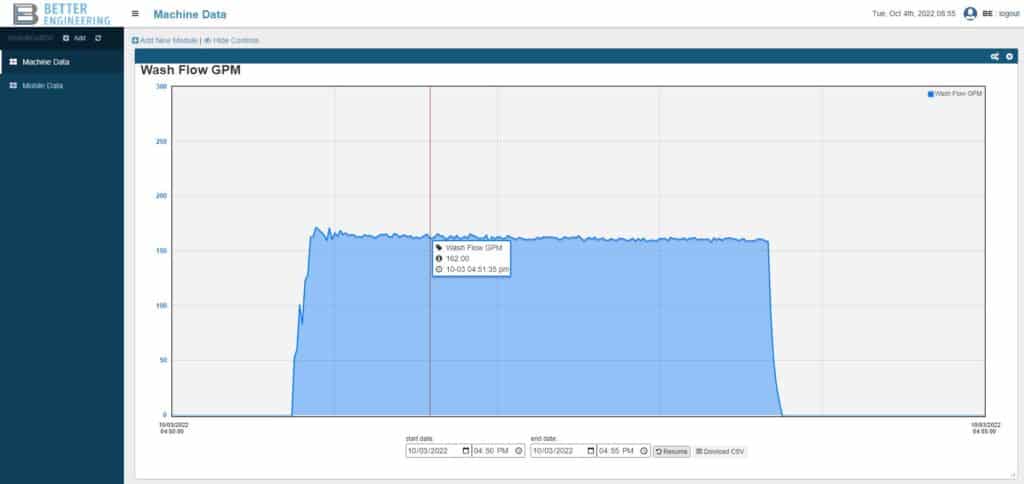
On the other hand, failing to meet cleanliness standards can have severe repercussions if these failures cause a warranty issue or, worse, fatalities. The consequences are heavy penalties, legal liabilities, and damage to your reputation. Investing in a parts washer that delivers exemplary performance and adopting a vigilant approach towards maintenance and audits are potent safeguards against these risks.
Embracing top-notch parts washing technology is not just about driving operational excellence. It is about building a compliance bridge that links your manufacturing operations to the regulations that govern the industry. It is about staying one step ahead and turning the challenge of regulatory compliance into a badge of honor.
Remember, racing is not always the fastest. Sometimes, it goes to the cleanest. Let your parts washer be your secret weapon in this race, ensuring that every component you produce is not just a part but a testament to your commitment to quality and compliance.
Take control of your cleaning needs. Contact Better Engineering today to discuss our part washers.

